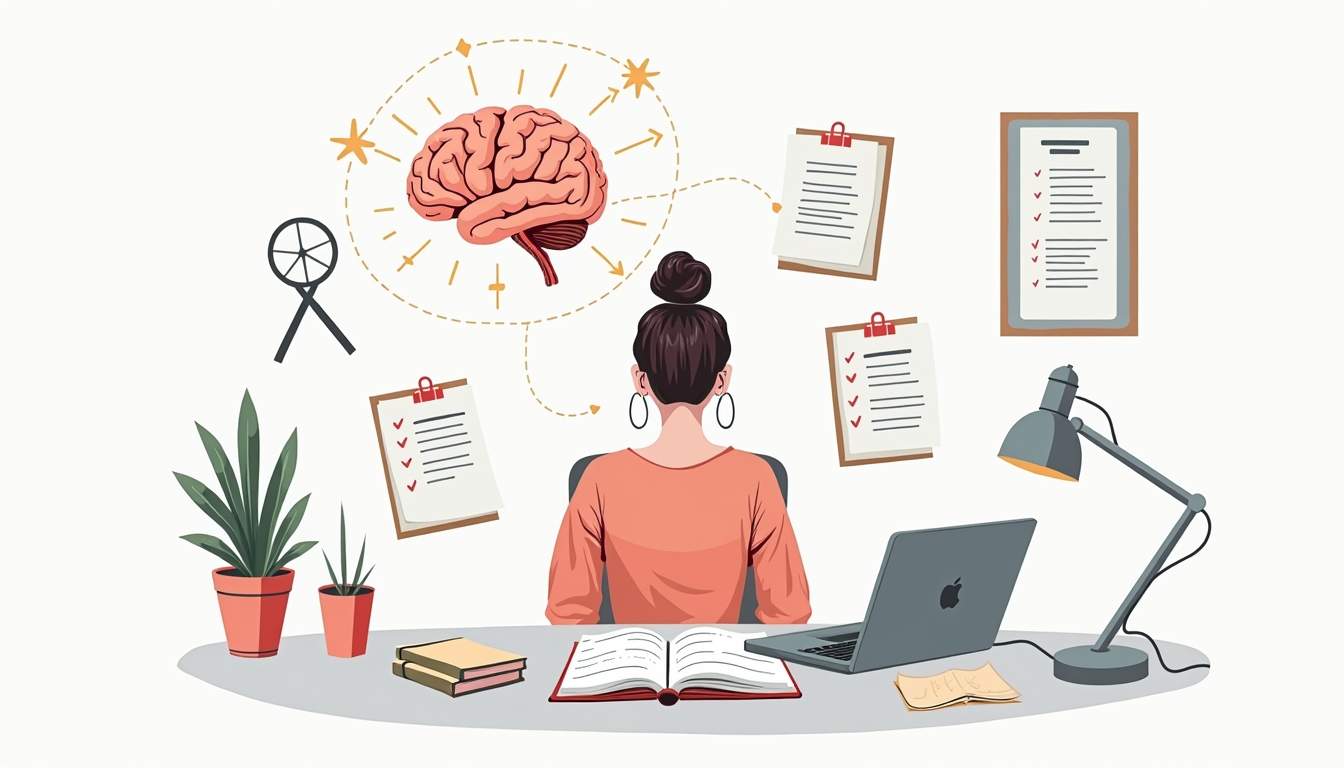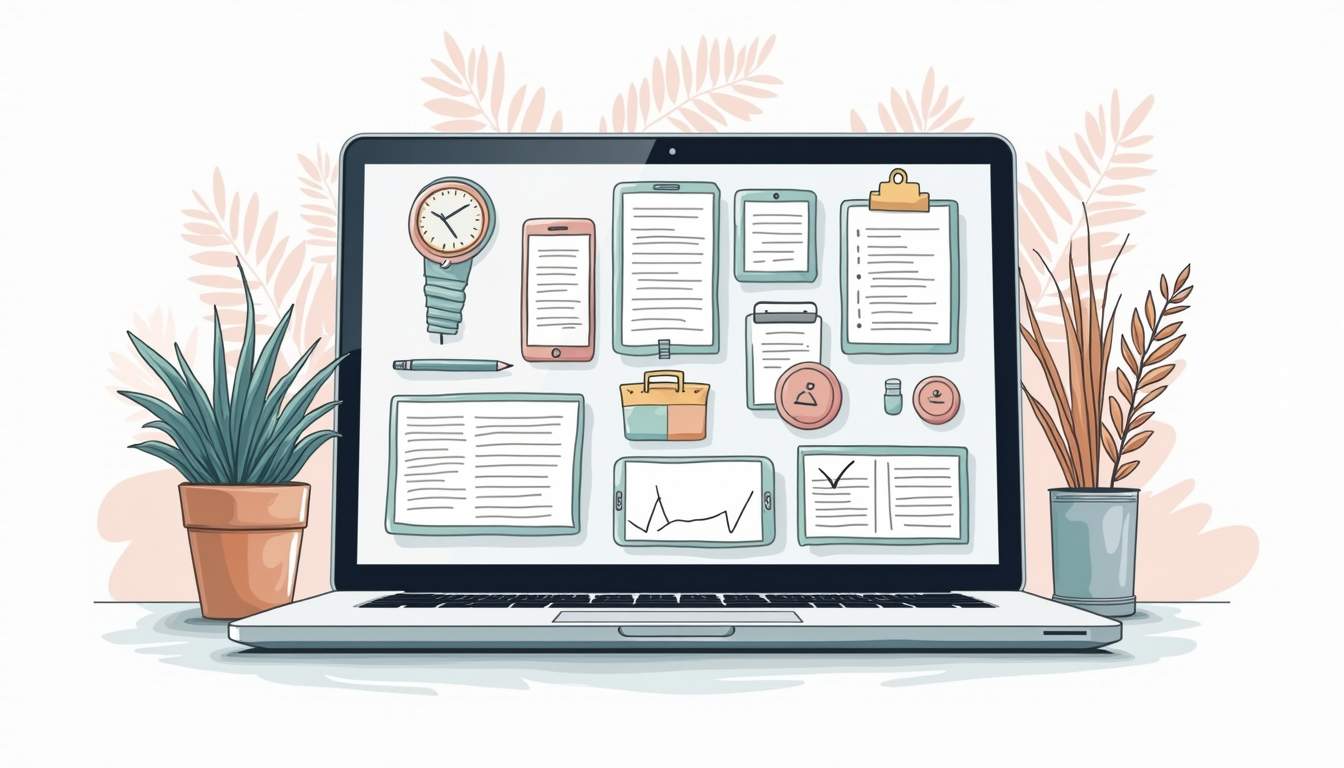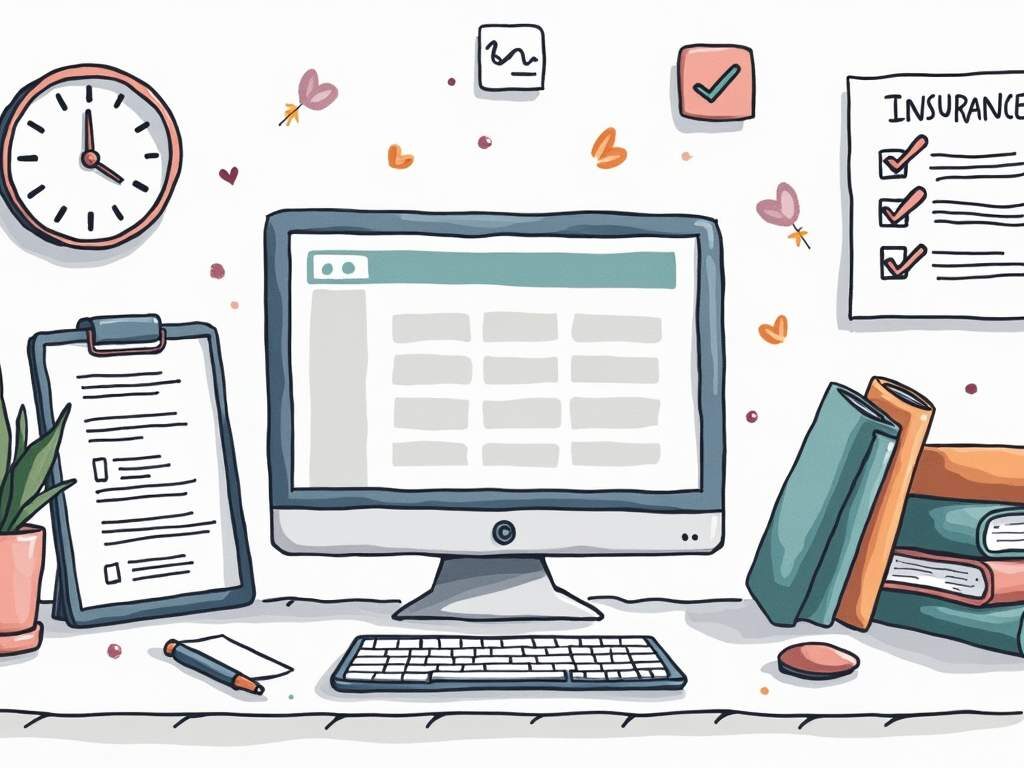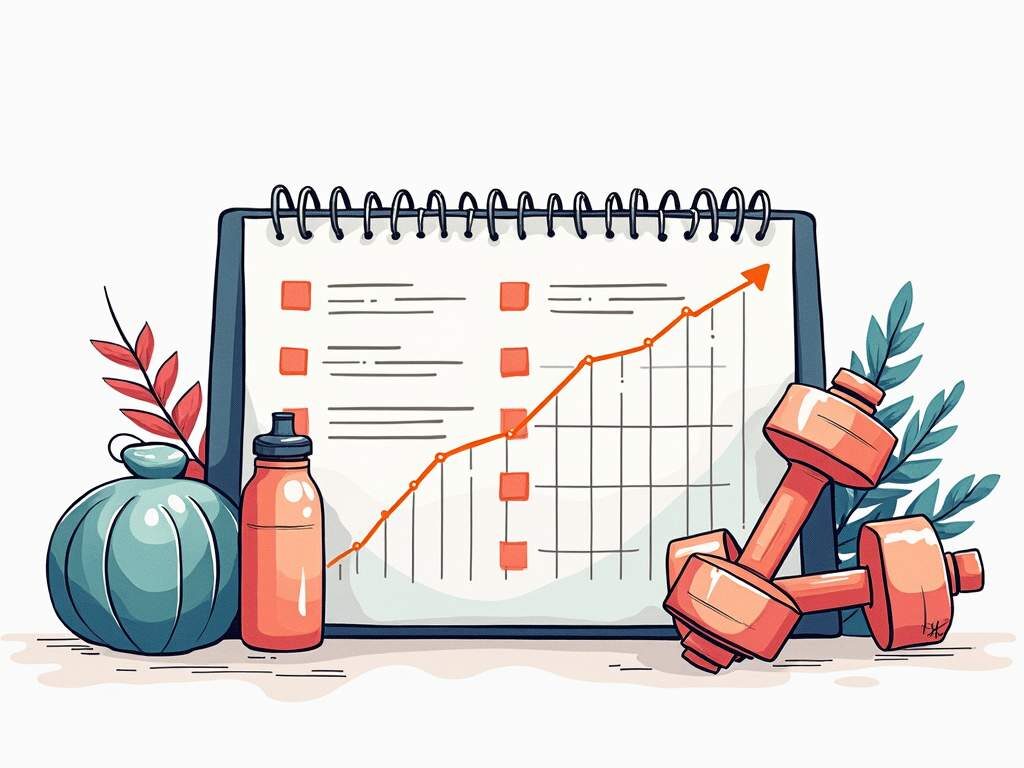In the fast-paced world of physiotherapy, maintaining focus isn’t just helpful—it’s essential. Between juggling multiple patients, documenting treatment plans, and staying on top of the latest research, it’s easy for even the most dedicated physiotherapists to find their attention scattered. Yet, your ability to stay focused directly impacts patient outcomes and your professional satisfaction. Let’s explore practical strategies to help you maintain laser-sharp focus throughout your clinical day.
The Focus Challenge in Physiotherapy Practice
Physiotherapists face unique concentration challenges. You’re constantly switching between patients with different needs, adjusting treatment approaches on the fly, and maintaining empathetic connections—all while keeping detailed mental notes for documentation later. Add in administrative tasks, and it’s no wonder focus can waver.
Research suggests that the average healthcare professional is interrupted every 11 minutes, with each interruption requiring approximately 25 minutes to fully regain focus on the original task. For physiotherapists, these interruptions can mean the difference between noticing subtle improvements in a patient’s gait pattern or missing critical cues that could inform treatment modifications.
Common Focus Disruptors
Before diving into solutions, let’s identify what’s likely stealing your attention during clinical hours:
- Digital distractions (emails, texts, EHR notifications)
- Administrative burdens and documentation requirements
- Back-to-back appointments without mental transition time
- Workplace noise and environmental factors
- Mental fatigue from decision-making and empathy demands
- Personal stressors that bleed into professional performance
Time-Blocking Techniques for Physiotherapists
One of the most effective focus strategies for healthcare professionals is intentional time-blocking. Rather than allowing your schedule to control you, take command by structuring your day into focused segments.
The Pomodoro Technique: Your New Clinical Companion
The Pomodoro Technique, popularized by the Focus Keeper tool, can be remarkably effective for physiotherapists. This method involves working in focused 25-minute intervals (called “Pomodoros”) followed by 5-minute breaks. After completing four Pomodoros, you take a longer 15-30 minute break.
For physiotherapists, this might look like dedicating one Pomodoro to patient documentation, another to reviewing and updating treatment plans, and perhaps using the technique to structure your continuing education time. The beauty of Focus Keeper is that it handles the timing for you, allowing you to fully immerse in your work without clock-watching.
Treatment-Specific Time Blocks
Consider organizing your clinical day into treatment-specific blocks. For example, schedule all manual therapy patients in the morning when your hands are fresh, and group your exercise-based sessions in the afternoon. This minimizes the mental switching costs between different treatment approaches and allows you to maintain a consistent focus mode for similar tasks.
Documentation Sprints
Rather than documenting after each patient (which can fragment your attention), try scheduling dedicated “documentation sprints” using the Focus Keeper timer. Set aside 25-50 minutes of uninterrupted time to complete notes for multiple patients. This batch processing approach can dramatically improve documentation quality and efficiency.
Environmental Optimization for Clinical Focus
Your physical workspace significantly impacts your ability to maintain focus. While you can’t completely redesign your clinic, small adjustments can yield substantial focus benefits.

Treatment Room Setup
Organize your treatment rooms to minimize distractions and maximize efficiency. Keep frequently used equipment within arm’s reach, and develop a consistent organization system that becomes second nature. When everything has its place, your brain can dedicate more resources to patient care rather than searching for tools.
Consider using visual cues like color-coding exercise bands or creating standardized setup patterns for common treatments. These environmental shortcuts reduce cognitive load and help maintain focus on the patient rather than the logistics.
Cognitive Strategies for Sustained Clinical Focus
Beyond environmental and scheduling tactics, developing internal focus skills is crucial for physiotherapists who need to maintain attention across diverse clinical scenarios.

Mindfulness in Clinical Practice
Incorporating brief mindfulness practices between patients can reset your attention and prepare you for your next clinical encounter. Try this simple technique: After finishing with one patient and before greeting the next, take 30 seconds to close your eyes, take three deep breaths, and mentally “clear the slate.” This micro-meditation can be surprisingly effective at maintaining focus throughout a busy day.
Focus Keeper’s break timer can be perfect for these mindful transitions, gently alerting you when it’s time to move on to your next patient while ensuring you’ve taken that crucial mental reset moment.
Single-Tasking Supremacy
Despite the glorification of multitasking in healthcare, research consistently shows that single-tasking produces superior results. When working with a patient, practice giving them your complete attention. This means putting away your phone, closing unnecessary computer screens, and mentally committing to being fully present.
For documentation and administrative tasks, the same principle applies. Use Focus Keeper’s timer to create dedicated single-task sessions where you focus exclusively on one type of work without switching between activities.
Digital Tools for Focus Enhancement
Technology can be either your greatest focus ally or your worst distraction. The key is selecting tools that enhance rather than fragment your attention.

Focus Keeper and Time Management Apps
Focus Keeper stands out as particularly useful for physiotherapists because it combines the Pomodoro Technique with customizable work sessions that can be tailored to clinical schedules. The visual timer helps externalize your time awareness, allowing you to fully engage with patients while knowing you’re still managing your overall schedule.
Other helpful digital focus tools include:
- Noise-canceling apps or background sound generators to mask clinic noise
- Digital note-taking systems that sync across devices for capturing treatment ideas
- Calendar blocking tools that protect your focus time from interruptions
- Notification management systems that silence non-urgent alerts during treatment sessions
Sustainable Focus Habits for Career Longevity
Maintaining focus isn’t just about daily tactics—it’s about developing sustainable habits that support your cognitive performance throughout your career.
Physical Foundations of Mental Focus
As a physiotherapist, you understand the body-mind connection better than most professionals. Apply this knowledge to your own focus practice by prioritizing:
- Regular movement breaks between patients (use Focus Keeper’s break timer as a reminder)
- Proper hydration throughout your clinical day
- Strategic snacking to maintain stable blood sugar and cognitive performance
- Brief stretching routines that counteract the physical demands of your work
Remember that your physical state directly impacts your cognitive capacity. By taking care of your body, you’re actually investing in your ability to focus on patient care.
Ultimately, your ability to maintain focus as a physiotherapist isn’t just a productivity hack—it’s a clinical skill that directly impacts patient outcomes. By implementing these strategies and tools like Focus Keeper, you can create a sustainable focus practice that enhances both your professional effectiveness and your personal wellbeing throughout your career.





